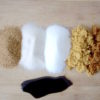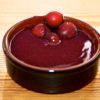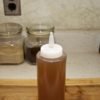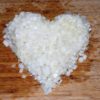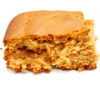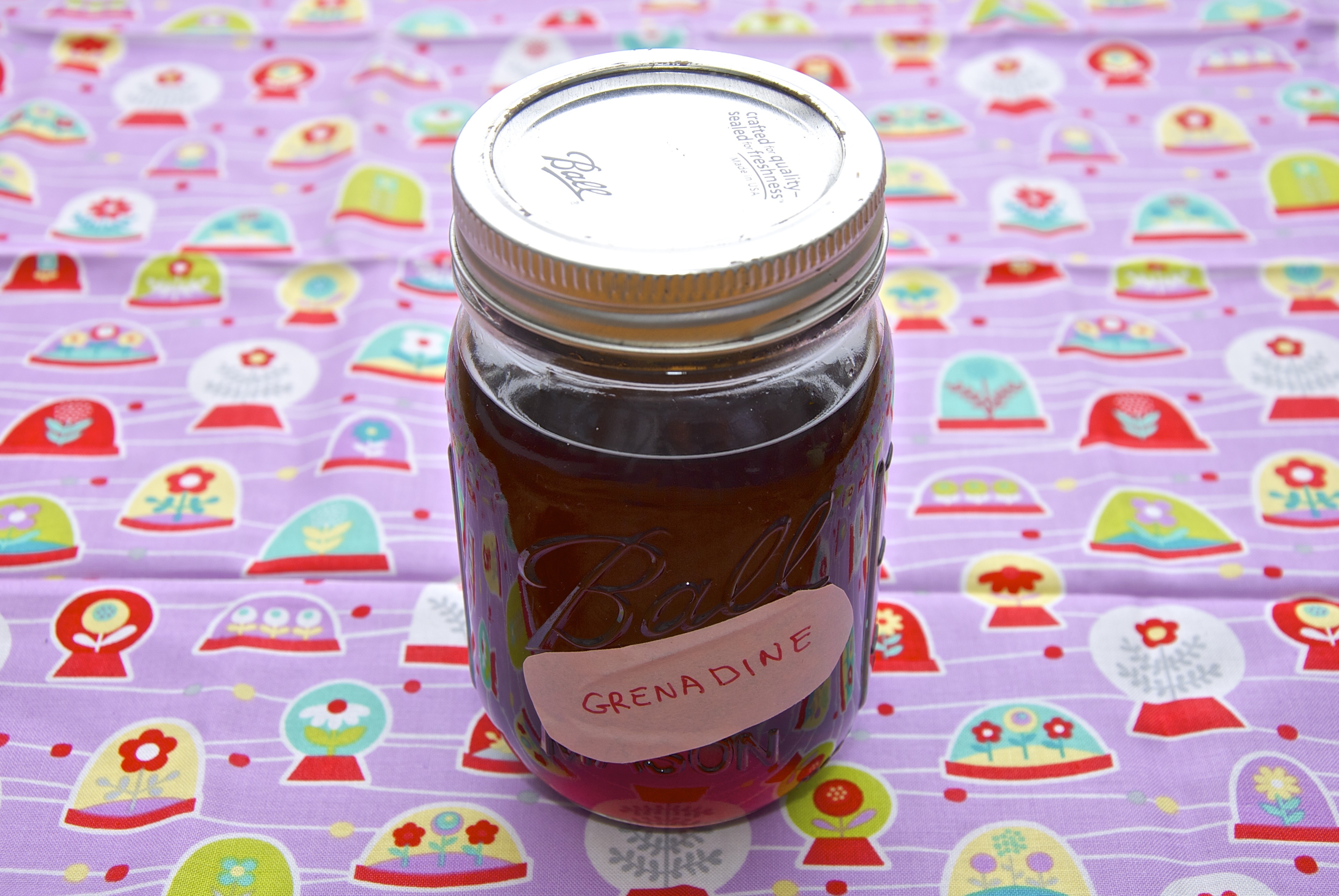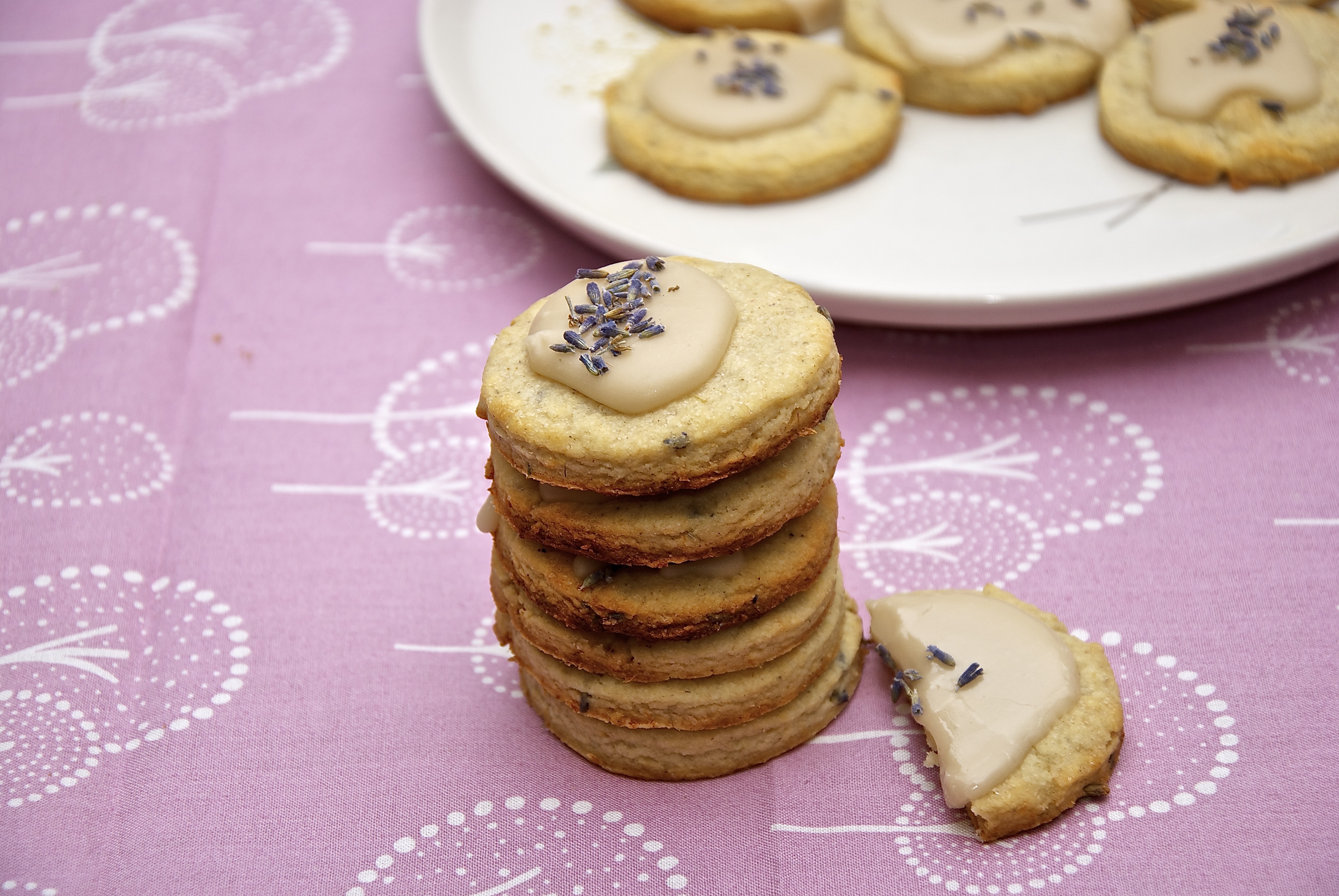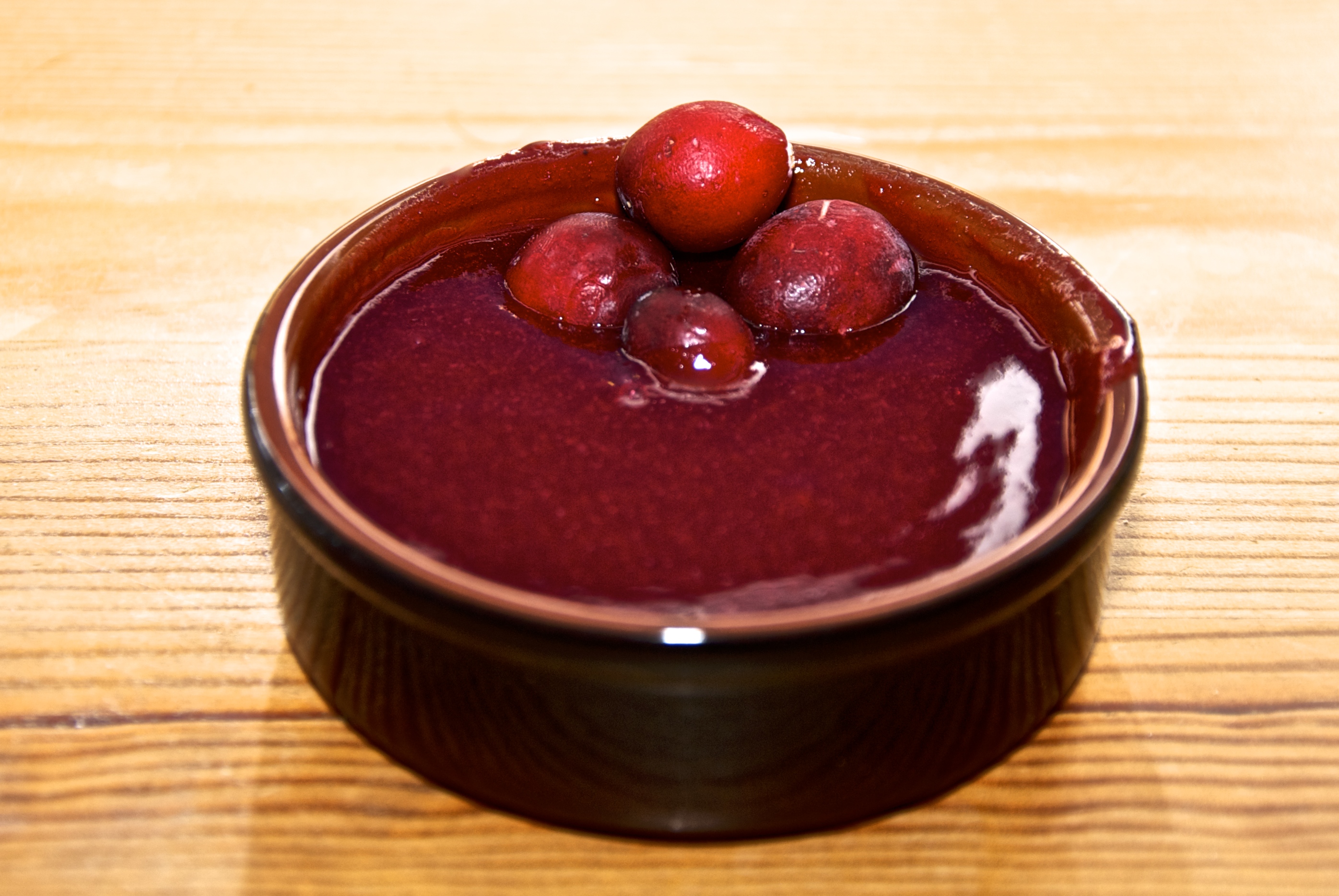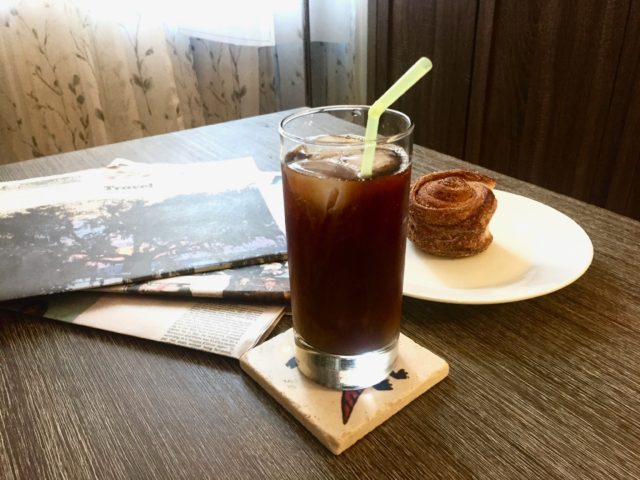
The summer is around the corner, or maybe where you live it is already there… or it has always been there. The bottom line is that the hot, steaming cup of coffee is not appetizing during this time of the year. You need something to wake you up and refresh you. Last 2-3 years a new caffeinated beverage joined the market. It is the “Cold Brew”. It is a welcome alternative to the hot coffee and it is not iced coffee, hot brewed coffee that was chilled and served over ice.
Cold brews is a large class of beverages that utilize cold water and a flavoring agent to flavor the water. The water has to be cold, the process takes place in a refrigerator, lasts several hours, and after it is over a strainer of sorts is used to remove the flavoring agent. Before we dive into the logistics of the Cold brewing we need to understand the underlying science and methodology. This will help you make a better coffee with things you already have into your arsenal.
Before we start with the cold brew we need to understand the regular hot water brewing process for coffee. The process both for hot and cold brew starts with the grinding of the beans. The grinding process has two purposes first to open up the bean. The bean exterior is smooth and hard very hard for the water to penetrate. Grinding it will give the water access points to get in. Further grinding reduces the size of the bean. This increases the surface area of the bean. This is very important as the water gets in the interior of the bean through the surface. The finer the grind the more surface you create the more water can penetrate the bean.
Imagine you have a cube. The total surface of the cube is 6a2 where a is the size of the cube. Now imagine that you cut the cube in the middle across every direction creating eight new cubes with each one having size half of the original. The total surface of the new structure is twice as big as the old one. Imagine that the process continues the same way for each cube and we now have 64 new cubes with size of each one to be a quarter of the original and the total surface 4 times the original. Every time you repeat the process the total surface doubles.

Now imagine this happening to your coffee beans. A typical coffee bean has 3.4 cm2 of total surface. Considering that the coffee bean is not a cube, so the surface is not scaling the same way as for the cube, breaking it down to about 1000 particles it will result in 34 cm2. This grind size is approximately what is used for most drip coffees and most cold brew coffees. As you can see the grinding will increase the surface area of the bean and will allow it flows in and out of the coffee.
After the grinding comes to the brewing. The process where the water is going in and out of the coffee beans and extracts the flavor. And here is where the big difference occurs. All has to do with the temperature of the water. The components of the water are bind in the bean structure. In order to be dissolved in the water, we need either to provide enough energy or enough time. The energy is provided in the form of heat through the water. In particular, it has been shown raising the temperature from 88ºC to 98ºC increases the coffee content from 2.02 to 3.03 mg/ml. It also increases the body, the aroma, the flavor, and the aftertaste. Unfortunately, this also increases the acidity, the bitterness, and the astringency. Not everything is extracted at the same rate. Bitter compounds take longer to be extracted as compared to their aromatic compounds, as it is evident from the beautiful infographic shown below.

And that is why we can get coffee that smells delicious and is not bitter. It is the balance between time and water temperature. You can decrease the water temperature and increase the brewing time. Of course, different temperature-time combinations will change the flavor profile. Although the general trend will be less bitterness reducing the temperature will impact the flavor and the aroma as well, which although it will be different will still be pleasant. I should also highlight that the flavor is impacted also by the chemical transformation of the coffee constituents when imposed at high temperature.
And after this loooong explanation of the science behind brewing will help explain the science behind the cold brew. Cold brew as we said happens at refrigeration temperature. As a result, dissolving all the coffee components is not easy. The regular dripping method will not cut it. On average in a drip coffee maker, the water is in contact with the coffee for about 1 minute. This is not enough to make coffee. In the best case scenario, it might make slightly yellowish water. To make up for the lack of temperature there are two solutions that must happen simultaneously: Increase the contact time and increase the amount of coffee. The time is going to be in terms of hours (8-16) and the extra time will be almost double of what you typically use. Also, try to avoid light roasts since they have a weak flavor profile. Here is my recipe:

Ingredients:
• 1/2 of cup whole coffee beans dark roast (about 50 g and also whole bean please).
• 2 cups of water, absolutely fantastic water (500 ml)
• A sugar cube
• half of a vanilla bean (totally optional)
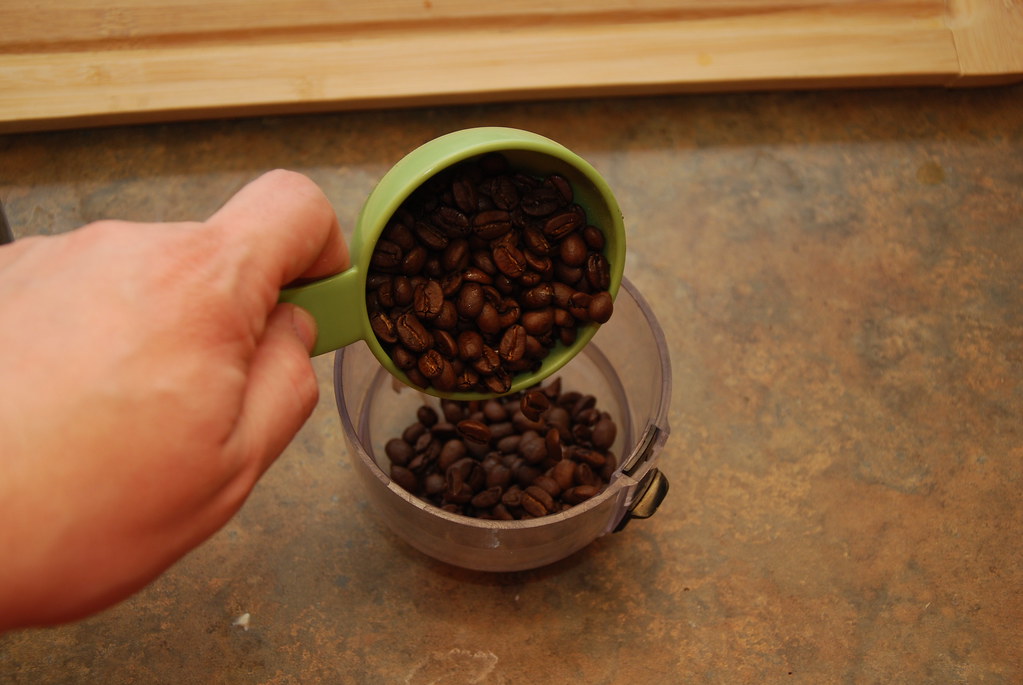
Measure the coffee beans,
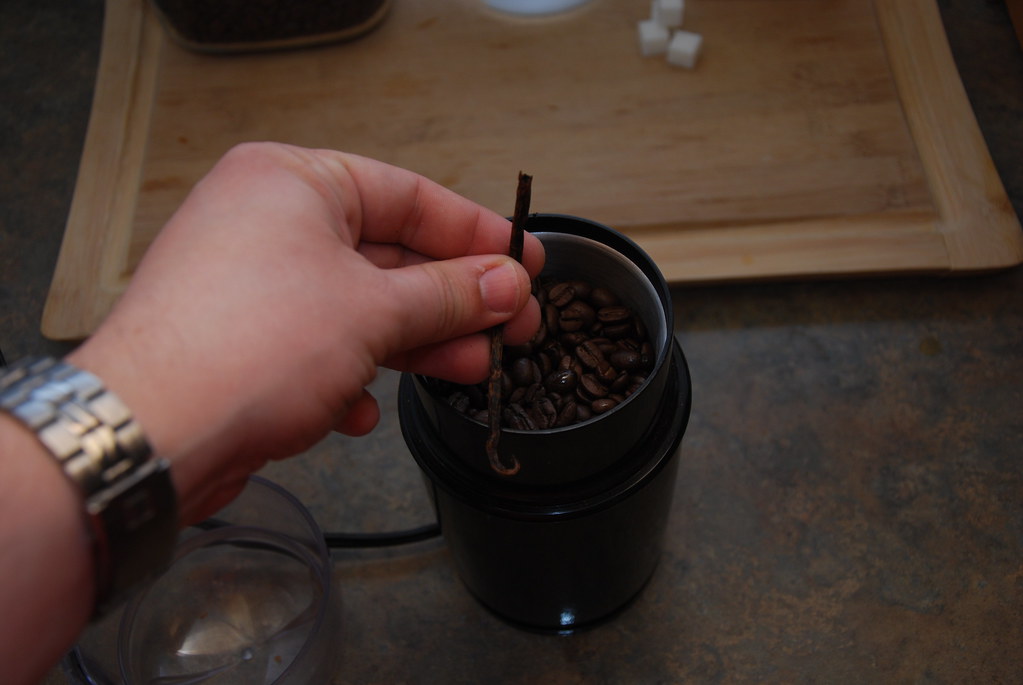
and add the vanilla bean.
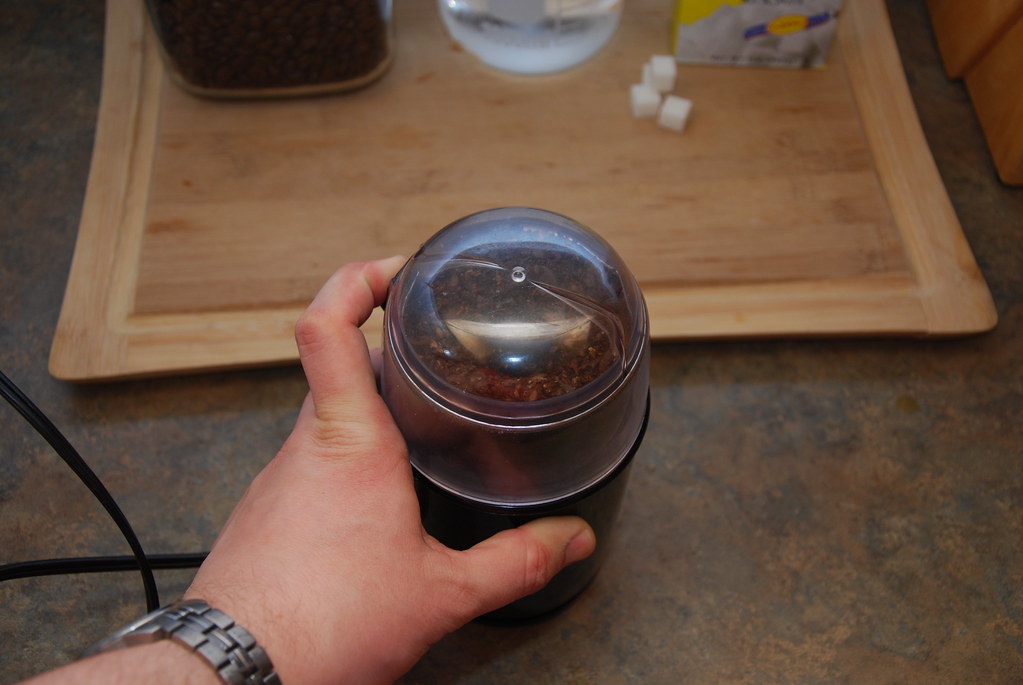
Grind according to the manufacturer’s instructions to get a medium grind, drip coffee grind.
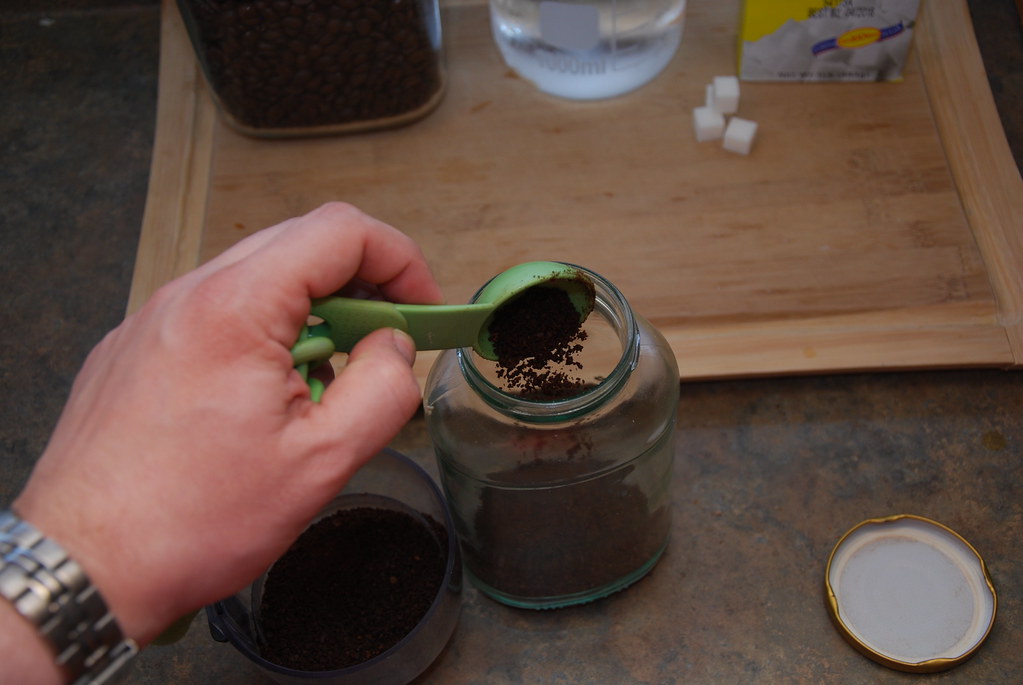
Add the grounds in a glass jar with a lid. The glass is not important. The lid is. Using a glass jar it is preferred as glass holds little of the aromas and makes for a better vessel. The lid, however, is a must since the brew is going to spend a long time in the refrigerator you don’t want it to pick up those smells.

Pour the water over.

Add the sugar cube.

Stir well or even better lid up and shake. Let it in the refrigerator for overnight (8-12hr).
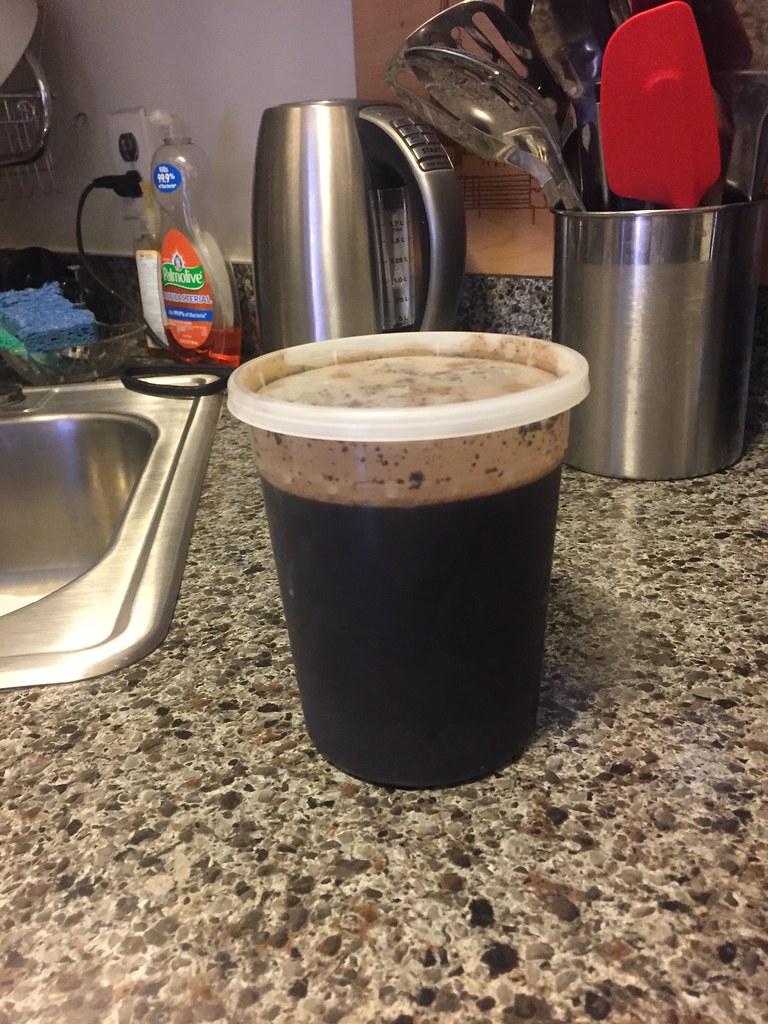
Also, note that the Chinese take-out containers also make for a great cold brew vessel.
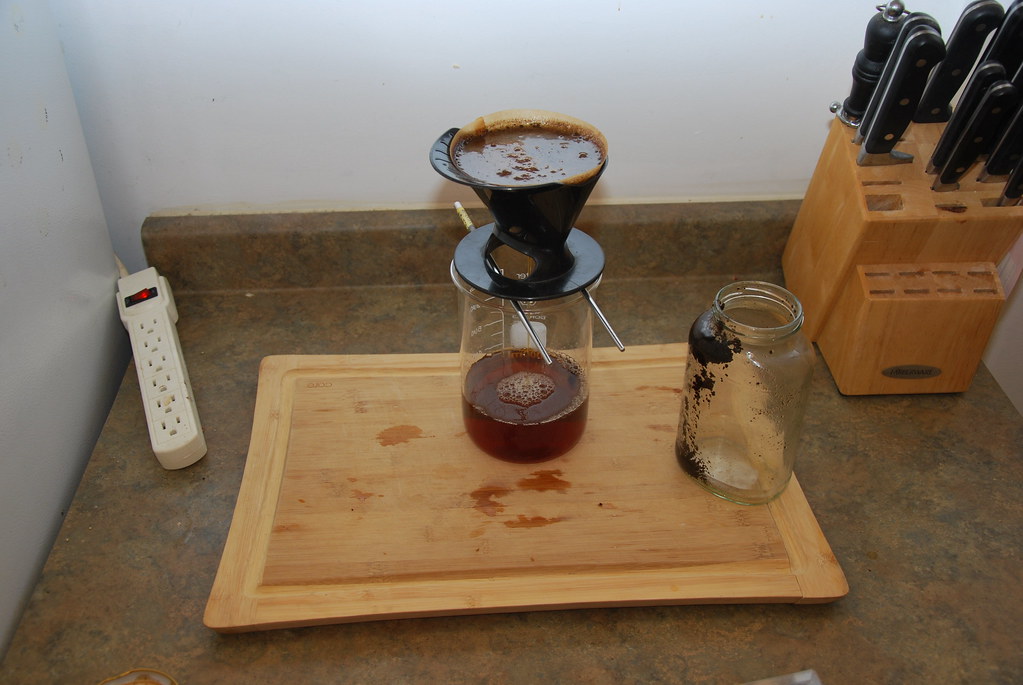
Once the time has gone by getting it out and shake it up again. Pour it over a filter to remove the grounds.
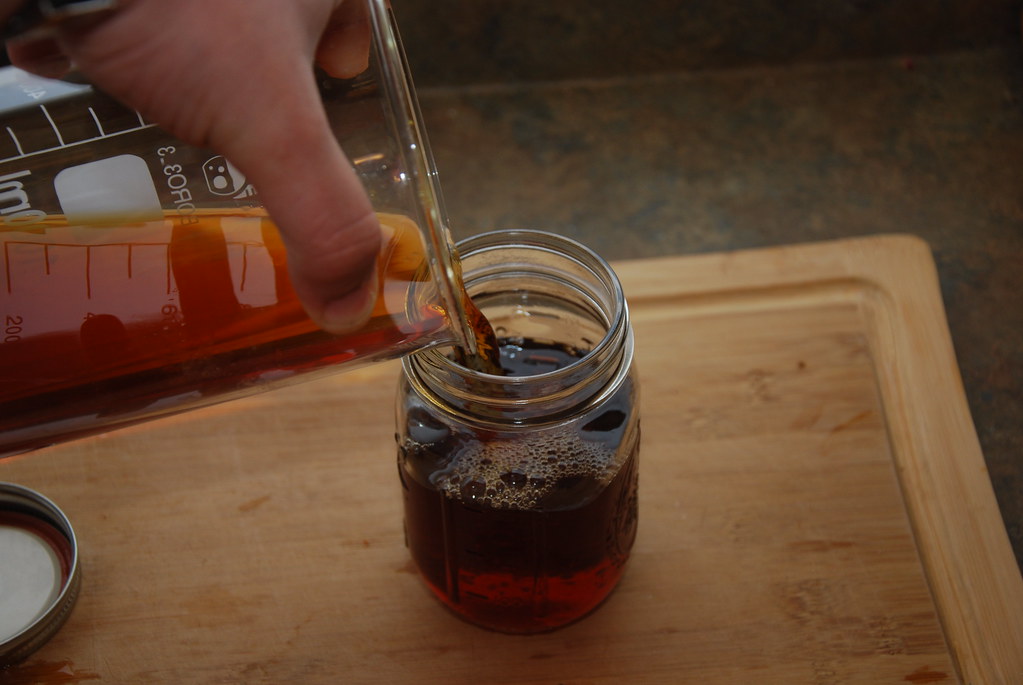
Transfer this to a sealable container and store up to two weeks.
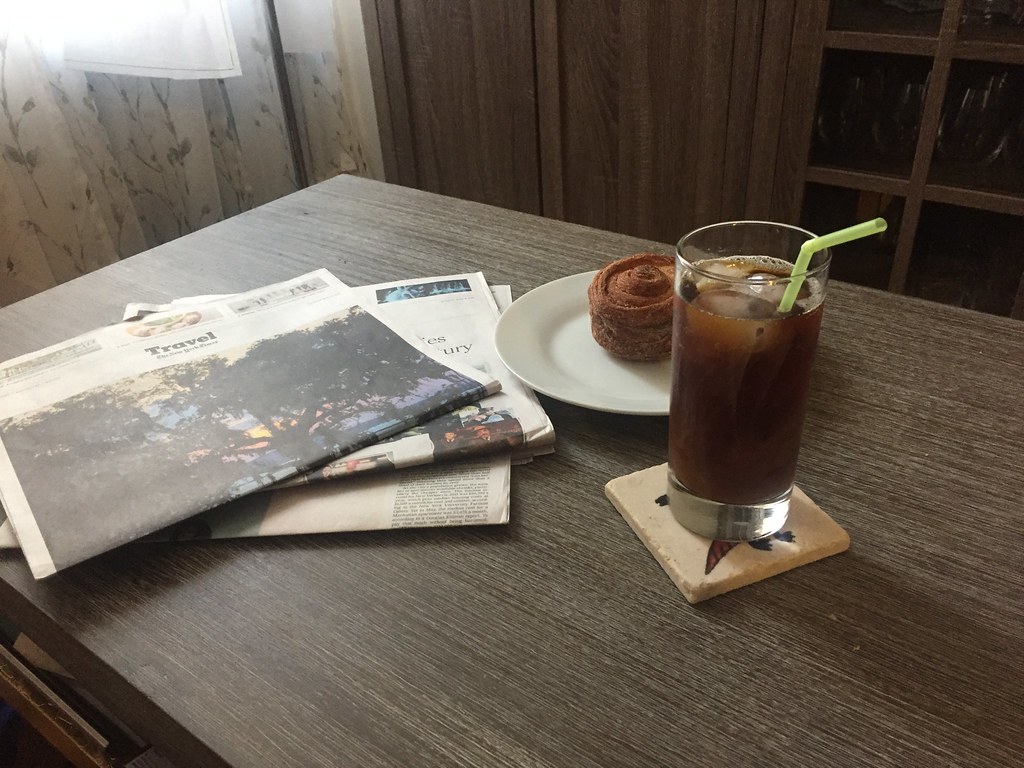
Once you make it you can enjoy it cold over ice, for a refreshing beverage, ooooor you can heat it up to the temperature of hot coffee and enjoy it hot. Why make a cold brew and then heat it up you ask? Well, it is for the reasons we said before. It changes the flavor profile to a smoother and less bitter coffee.
Also if you are traveling, most hotels offer those small coffee makers that come with a little coffee pouch. Fill the carafe with cold water, add the coffee pouches and place it in the refrigerator.
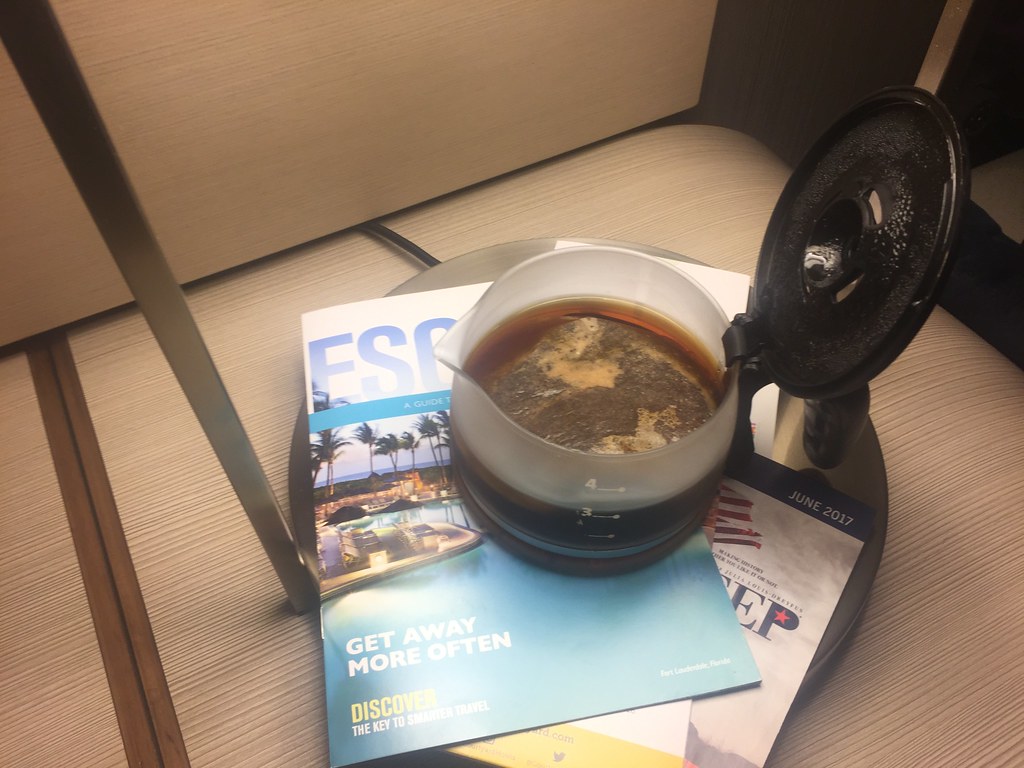
The next day you will have a delicious cup of cold brew.
Now that we cover the basics you can change a rig the engine under the hood. For one thing you can increase the coffee to water ratio. It takes time to make it so you can concentrate it and dilute it as you like later. Kept in the refrigerator it can last without loosing quality for up to a week.
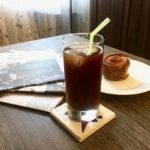
Cold Brewed Coffee
-
 Prep Time: 10 mins
Prep Time: 10 mins -
 Cook Time: 12 brs
Cook Time: 12 brs -
 Total Time: 12 hrs 10 mins
Total Time: 12 hrs 10 mins -
 Yield: 2 cups
Yield: 2 cups -
 Category: Beverages
Category: Beverages -
 Method: Brewing
Method: Brewing -
 Cuisine: American
Cuisine: American
Description
A delicious refreshing cold coffee to get you going.
Ingredients
- 50 g of whole coffee beans
- 500 ml of water
- 1 vanilla bean (optional)
- 5 g of sugar
Instructions
- Grind the coffee beans with the vanilla.
- Put the grounds in a glass jar and add the sugar
- Add the water
- Lid up and shake
- Leave it in the refrigerator for 8-12 hours
- Using a standard filter coffee filter strain it out.
- Enjoy over ice
Notes
- You can always heat it up and enjoy it hot as well. Microwave will be the best choice for this.
- Expand your flavors with the addition of toasted almonds, coconuts, and spices.
Nutrition
- Serving Size: 450 ml
- Calories: 31 g
- Sugar: 5.5 g
- Sodium: 0 g
- Fat: 0 g
- Saturated Fat: 0 g
- Unsaturated Fat: 0 g
- Trans Fat: 0 g
- Carbohydrates: 5.5 g
- Fiber: 0 g
- Protein: 0.1 g
- Cholesterol: 0
Keywords: Coffee, Cold Brew, Cold coffee, iced coffee
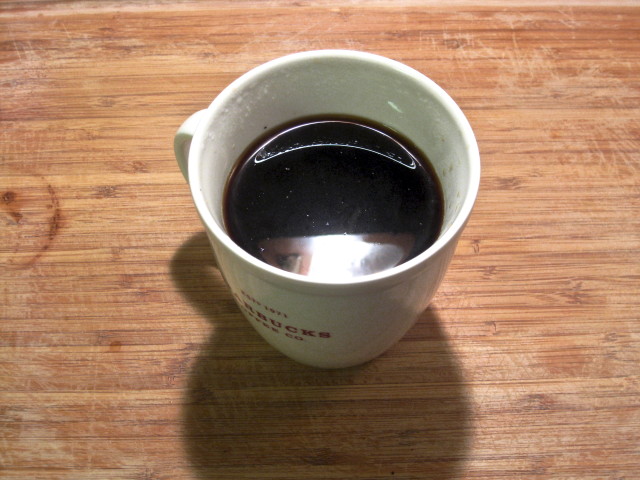
This is my secret (not any more) recipe for a great cup of coffee.
Ingredients
-
4 tbsp Coffee Beans (preferably light roast)
-
1/2 tsp Cinnamon
-
1/2 tsp Cocoa.
Directions
- Mix the cocoa, the cinnamon and the coffee in the grinder.
- Grind as you would normally.
- Brew the coffee as you normally do.
Tips
- You can experiment with other spices as well.


